Take advantage of a powerful
tool in a sleek package
The Regenesis3 Photonic Stimulator is manufactured right here in the United States! Our goal is to deliver to you a strong, effective photobiomodulation (light therapy) device to facilitate health and well-being. Our unit utilizes an array of 60 high-powered 810nm LEDs. Combined with our proprietary glass and sleek design, the Regenesis3 photonic stimulator places the power of healing in your hands.
How it works: Similar to plants
Let’s start with the basics: What is light?
Light is made up of particles called photons:
pho·ton
/ˈfōtän/
Noun PHYSICS: a particle representing a quantum of light
How do photobiomodulation devices use photons (light energy) to increase cell productivity and regeneration in tissues?
The Regenesis3 uses 60 high-powered LEDs to produce light energy. The device is placed in contact with the skin, allowing the photons produced by the LEDs to directly penetrate the tissues. Once the photoreceptors in the cells have been activated, light is absorbed by chromophores. This initiates biochemical reactions, facilitating ATP production. ATP (adenosine triphosphate) is the energy that drives our physiology and makes regeneration and healing, among many other activities, possible. With increased fuel production at the cellular level, our physiology has more energy to perform not only daily maintenance functions but also tasks such as the optimization of healing processes and physiological functions in many areas, including faster recovery time, post-injury.
In other words, light therapy has been around since the 1960s and has a proven track record of rejuvenating your body at a cellular level— Similar to how plants use sunlight (photons) to photosynthesize!
Don’t take our word for it, though. Read the conclusions from a study conducted by NASA using light therapy to decrease healing time for their astronauts (low oxygen = significantly increased wound healing time).
Why 810nm?
A wavelength of 810nm has been shown to be effective at deep tissue penetration and this is why it is a preferred wavelength in many research studies. The 810nm wavelength falls into the window between 600nm and 1100nm (referred to in physics as the optical window) that activates photoreceptors at the cellular level.
Research shows that the role mitochondria play in overall energy production and cellular health may be increased by selecting an 810nm wavelength. Several research studies utilizing 810nm light demonstrated increases in anti-inflammatory responses for dendritic cells and injured muscles, and a reduction in oxidative stress, among other beneficial physiological properties.

